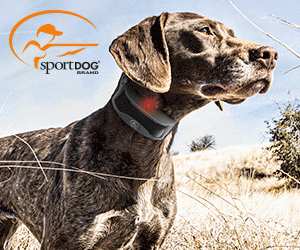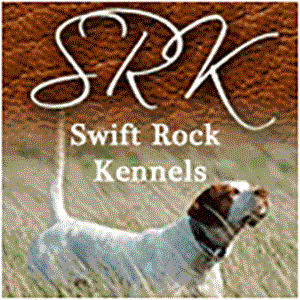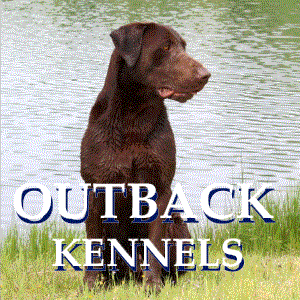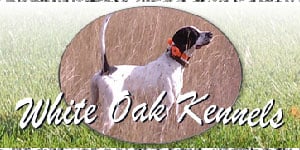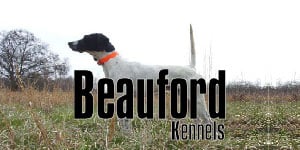Artois Hound
Artois Hound's for Sale| Artois Hound Kennels & Breeders | Artois Hound Photos

Artois Hound Litter Annoucement | Artois Hound Puppies for Sale | Artois Hound Started Dogs | Artois Hound Finished Dogs | Artois Hound Stud Dogs
Description
The Artois Hound (also known as Chien dArtois) is a rare French breed of hunting dogs that are thought to have been around for more than five centuries. They also make for great family pets, herd dogs, and service animals.
Continue reading to find out more about the history, appearance, health, and grooming tips for the Artois Hound.
About and Brief History of the Artois Hound
Despite having a roughly familiar physical appearance, there's a good chance that you've never set your eyes on a real Artois Hound. Also referred to as the Chien dArtois, Briquet, or the Briquet dArtois, this is a very rare French dog breed that's believed to be a descendant of the scent bloodhound.
This medium-sized dog breed was previously known as the Picard or Picardy Hound. They were bred from the famous St. Hubert Hound, an equally rare bloodhound that had a reputation for hunting hares, foxes, and other small game during the reign of Louis XIII and King Henry IV of France. Interestingly, these hunting dogs were even rarer during the peak of their popularity.
By the 17th century, the Artois Hound had become one of the most loved and popular hunting hounds, most preferred for their hare-hunting skills. In fact, in 1609, Prince Alexandre de Gray sent a pack of Artois puppies to the king. The breed stayed popular throughout the 17th and 18th centuries.
By the 19 century, the French hunters had developed a liking for scent hounds from the British Isles, so inevitably the Artois Hound was crossbred with these dog breeds. Most notably, it was crossbred with the Normand, a taller, more handsome, and scroll-eared British hound breed that's now extinct.
Purebred Chien dArtois nearly disappeared but was revived thanks to a two-decade effort by the duo of cousins M. Therouanne and Ernest Levair in the 1880s. Their breeding revival was fairly successful, all the more so that Mr. Mallard joined them at the turn of the 20th century.
Unfortunately, both the first and the second World Wars were not too kind to the Artois Hound breed, driving these talented hunting dogs almost to extinction for the second time. Luckily, the dog breed was reconstituted by a handful of aficionados in the 1970s, and now there are hundreds of Artois Hounds across the globe.
Appearance
Right from first sight, the Artois Hound is a well-built, muscle-rich, and medium-sized dog breed that gives an immediate impression of vigor and strength. That doesn't come as a surprise though, given that they were historically bred and trained as hunting dogs.
The hound's head is long, broad, and roughly rounded with overlapping lips and a stout jaw. As for the face, it has a typical scenthound square face, featuring a dark, straight muzzle, and a black, strong nose with wide-open nostrils. They have expressive, almond-shaped eyes and large droopy ears that hang close to the cheeks.
Artois hounds sport strong, long, and thick necks, and in some cases, accentuated by a small dewlap. They have a slightly flat and wide back, well-proportioned ribs, and a broad chest. An Artois Hound typically stands around 22-23 inches high at the withers and could weigh from 55 to 65 pounds.
You won't miss their muscular, lean, and powerful straight limbs that allow them to have a graceful, nimble gait. Their tails are long and take the characteristic shape of a sickle.
These dogs boast a thick, dense tri-color coat (dark fawn, black, and white) in large patches or with a mantle. You could say it resembles the coat color of a badger or hare. The dog's primary colors are a variety of combinations of white, black, and tan.
Temperament and Demeanor
The Artois Hound is at its core a hunting dog breed. It has a loyal, confident, and brave personality, but it can be an independent dog sometimes. These dogs live to sniff out, track, and hunt, which is why they need as much physical exercise as they do mental stimulation.
Although they are generally sociable, affectionate, and friendly pets, an Artois hound may choose to bond intimately with only one or a couple of family members. They do love interacting particularly with kids, but they are likely to chase other small pets like cats, rabbits, hamsters, and so on.
As adults, these hunting dogs are pretty energetic, hardy, and possess an incredible sense of smell. However, they are well-collected and calm indoors. Like all scent dog breeds, they are most satisfied while following a trail of game scent.
Health
Typically, the Artois Hound is an understandably healthy dog breed, especially when they spend most of their time outdoors playing. They are pretty hardy dogs with a commendable lifespan of between 12 and 15 years. There are no significant known health issues that affect this scent hound breed.
Colors
• Tricolored
Artois Hound's for Sale | |


